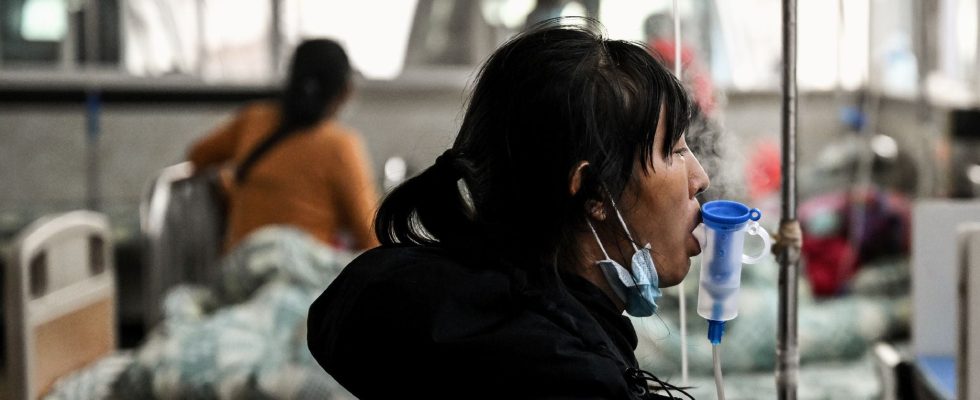Faced with the concern of the scientific community, China responded. Beijing says it has not detected any new or unusual pathogens linked to the increase in cases of lung diseases in the north of the country, the World Health Organization (WHO) said on Thursday, November 23, after requesting information. detailed in Beijing.
“Chinese authorities have indicated that no new or unusual pathogens have been detected, nor unusual clinical signs, including in Beijing and Liaoning, but only the general increase in the number of cases of respiratory illnesses due to pathogens known,” the WHO said in a statement.
A significant increase in respiratory diseases
Since mid-October, the WHO has been studying data from Chinese surveillance systems which show a significant increase in respiratory illnesses among children in northern China.
The agency said it had made a formal request to Beijing for more data, but the Chinese government made no official comment Thursday. The WHO said a teleconference was held on Thursday with the Chinese Center for Disease Control and Prevention and Beijing Children’s Hospital, with assistance from the National Health Commission. The Geneva-based organization recommends that the Chinese population respect “measures aimed at reducing the risk of respiratory disease”.
The abandonment of restrictions
Already recommended during the Covid-19 pandemic and during epidemics in general, these include vaccination, distancing from patients, isolation in the event of symptoms, tests and care if necessary as well as the wearing of mask.
Speaking to the press on November 13, Chinese authorities attributed this increase in respiratory illnesses to the abandonment this year of anti-Covid health restrictions and the circulation of known pathogens.
